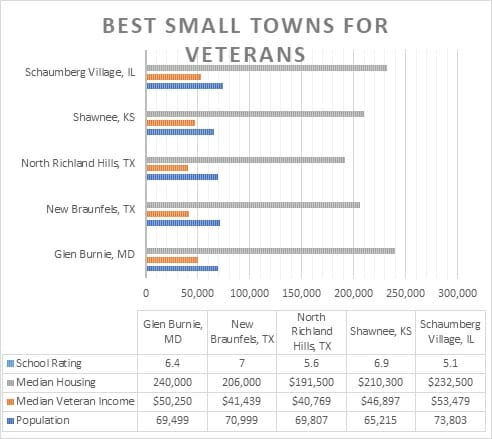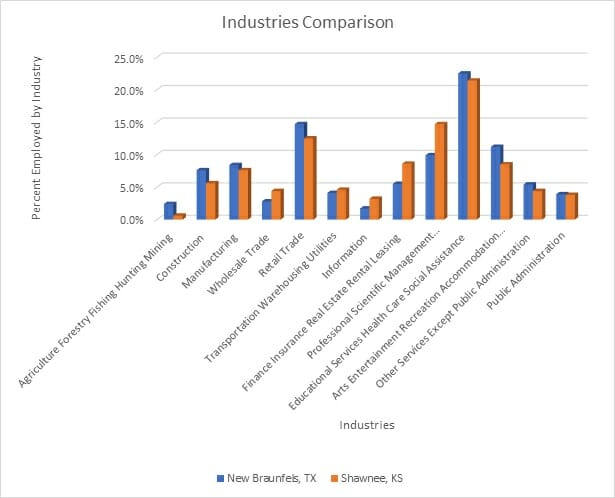A recent report based on a study by the University of Akron notes that veterans on average earned $5.00 per hour more than their non-veteran peers – $26 per hour compared to $21 per hour. The Veteran Wage Differential report credited several reasons for the difference between the two groups including:
- More education – Credited to the availability and use of military education programs like Tuition Assistance, Tuition Top-up, and the G.I. Bill
- Higher cognitive skills – More computer/technical training based on today’s complex military equipment)
- Better people skills- Better soft skill training and experiences like team building, leadership and diversity
- Occupation – Some of the higher-paying jobs require a security clearance which many veterans had or still do have – something not many non-veterans can claim.
- Industry – Veterans staying in the same field as their Military Occupation Specialty can fill a job with very little ramp-up time
The location factor
While the above factors are all credible for the difference, one factor not previously studied before this report was how a veteran’s geographic location after getting out affected their earnings; report data suggested that location choice was an important aspect affecting a veteran’s post-military affluence. Cross-referencing data from the Best for Vets Places to Live 2019, the chart below highlights five of the best small-town locations based on the following four factors:
- Median Housing: Less than $250,000
- Median Veteran Income: More than $40,000
- Population: Less than 75,000
- School rating: More than 5 (Scale is 1 to 10 with 10 being the best)
Note 1: Each location in the chart has at least one military installation within 25 miles providing access to a PX/BX and Commissary;
Note 2: Each location also has at least 14 VA health facilities within 50 miles for health care access.
Note 3: Three of the four factors apply to all veterans, however the school rating applies only to veterans having school age children.
Note 4: Veteran Median Income at each location exceeds nonveteran income by at least $7,000 per year, meaning more buying power for veterans on the civilian market.
Housing to Income Ratio
In looking at two of the critical factors, median housing compared to median veteran income, the following data emerges for the five small towns selected:
- 4.48 – Shawnee, KS
- 4.69 – North Richland Hills, TX
- 4.77 – Glen Burnie, MD
- 4.97 – New Braunfels, TX
- 6.04 – Schaumburg Village, IL
Note: The smaller the factor, the more affordable it is to buy a house.
Many veterans want to work in the civilian job market after getting out, so employability is important to them. Two of the five small towns listed in the chart have unemployment rates under the National average of 3.7% – Shawnee, KS and New Braunfels, TX at 3.4% and 2.4%, respectively. The chart below compares the percentages of each major industry between the two cities.
Two more quick facts on these two small towns:
New Braunfels, TX
Located on the I-35 corridor just north of San Antonio, this small city has a veteran population of 10.7%. Commuters spend on average 24.5 minutes a day getting to and from work.
Shawnee, KS
This small city located just off I-35 southwest of Kansas City has a veteran population of 7.2%. Commuters spend on average 21.2 minutes getting to and from work.
Transitioning out of the military and choosing a location to live can be stressful. Because knowledge is power, the data in this article can help make that decision a little easier.





